Modernised seaports in Vietnam require enhanced human resources
The operation of seaports, which are stressful and crowded, has been improved and modernised through their digital transformation.
Saigon Newport Corporation has focussed on this as much as possible to save time and costs at all stages. Its electronic operations system is an outstanding improvement with real-time container location lookup and wireless control. It automatically plans ship and container positions within the yard, and is semi-automated.
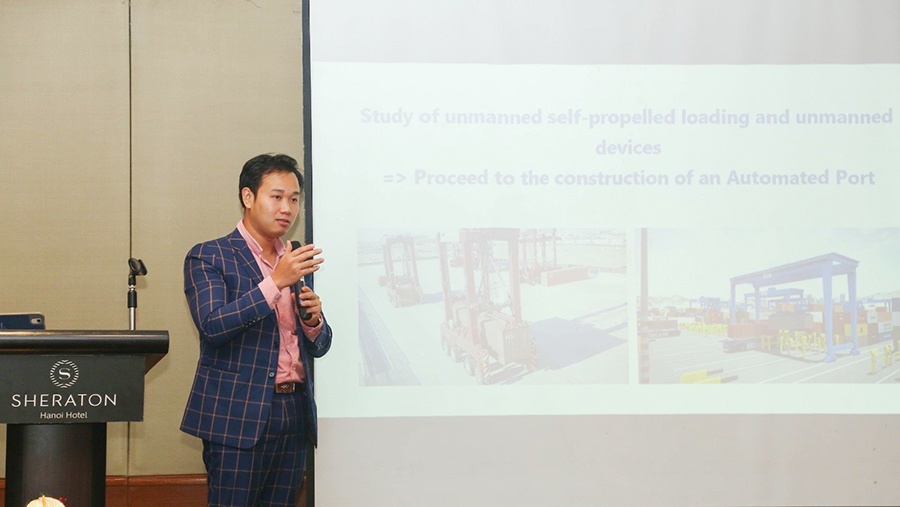 |
| Dau Quoc Hung, deputy marketing manager of Saigon Newport Corporation |
Dau Quoc Hung, deputy marketing manager of Saigon Newport Corporation confirmed, “The e-port has saved 30,000-50,000 sheets of paper per day, reduced 3,000-5,000 trips per day to the port, and increased the daily output to 19,000-20,000 vehicles.”
Electronic delivery orders, which have been deployed for several years, enable partners to set e-orders, receive invoices, make payments, and complete customs procedures on online platforms very simply, saving a lot of time and enhancing environmental protection.
Applying technology to warehouse management through the use of online systems helps to minimise parking times and saves manpower.
“In the near future, we expect to build an ecosystem covering all marine services stakeholders, use the Internet of Things for container temperature monitoring, and study the use of unmanned, self-propelled loading devices to create an automated port,” Hung added.
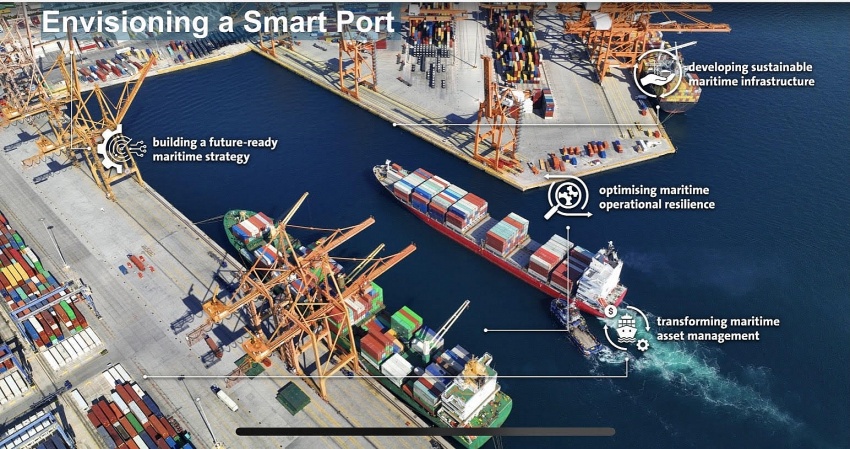 |
However, the nation's universities, vocational schools, and institutes are struggling with some challenges in training human resources.
Nguyen Minh Duc, from the Vietnam Maritime University, pointed out that facilities, simulation systems, and practical training require significant investment. When the tuition fees are limited, supportive governmental policies are needed. He also highlighted a shortage of skilful and experienced lectures.
“The staff in these facilities need to build, operate, and manage advanced systems. The number of positions for less skilled employees is reducing, and new technical skills are required as there are with more jobs in IT. Increased focus must also be placed on gender equality,” highlighted Duc.
According to the Ministry of Transport, at present, there are 286 terminals with over 96km of quays nationwide, capable of handling over 706 million tonnes of cargo. Among them, the seaport complexes in northern Haiphong and Ho Chi Minh City are among the world’s 50 biggest container ports. There are 11 dry ports as of now, which will be increased to 120 by 2030.
The Vietnam Maritime Administration has stated that, by 2030, the seaport system in the country will be developed to handle 1.14-1.42 billion tonnes of cargo, including 38-47 million TEUs of container goods and 10.1-10.3 million passengers. The aim is to get them on par with others in the region and around the world by 2050.
To this end, about VND313 trillion ($13.2 billion) must be invested in the seaports that provide goods loading services alone by 2030. The funding will come mainly from non-state sources and business investment.
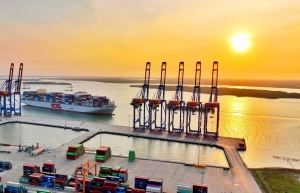 | Ba Ria-Vung Tau's potential convergence for industrial and seaport development Well-developed connections for transport infrastructure and seaports are becoming an important economic pillar of Ba Ria-Vung Tau, contributing to increasing the attractiveness of the southern province to domestic and foreign investors. |
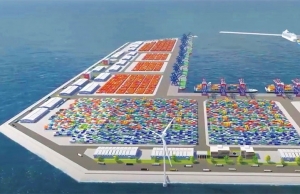 | Soc Trang lays out strategy for seaport’s special renovation The rejuvenation of Tran De Seaport will play an important role in the socioeconomic development of the entire Mekong Delta region, with a spillover effect on other industries. |
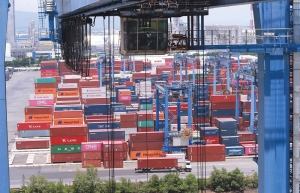 | Balance sought over port fee privileges Small-scale seaports up and down Vietnam may miss out on the benefits of a price hike in container handling services. |
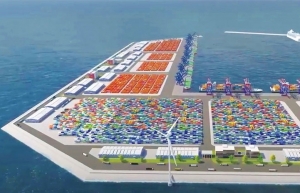 | Tran De Seaport: a new gateway for goods to and from Vietnam Tran De Seaport in Soc Trang province is planned and invested as a special port to quickly transfer goods from the Mekong Delta to the world. |
What the stars mean:
★ Poor ★ ★ Promising ★★★ Good ★★★★ Very good ★★★★★ Exceptional
Related Contents
Latest News
More News
- Businesses ramp up production as year-end orders surge (December 30, 2025 | 10:05)
- Vietjet chairwoman awarded Labour Hero title (December 29, 2025 | 13:06)
- How to unlock ESG value through green innovation (December 29, 2025 | 10:03)
- AI reshapes media and advertising industry (December 29, 2025 | 08:33)
- FPT and GELEX sign deal to develop blockchain tech for global markets (December 29, 2025 | 08:29)
- Vietnam’s GDP forecast to grow by 9 per cent in 2026 (December 29, 2025 | 08:29)
- Women entrepreneurs are key to Vietnam’s economic growth (December 29, 2025 | 08:00)
- Vietnam's top 500 value-creating enterprises announced (December 27, 2025 | 08:00)
- The PAN Group shaping a better future with ESG strategy (December 26, 2025 | 09:00)
- Masan Consumer officially lists on HSX, marking the next phase of value creation (December 25, 2025 | 13:20)

 Tag:
Tag:

























 Mobile Version
Mobile Version